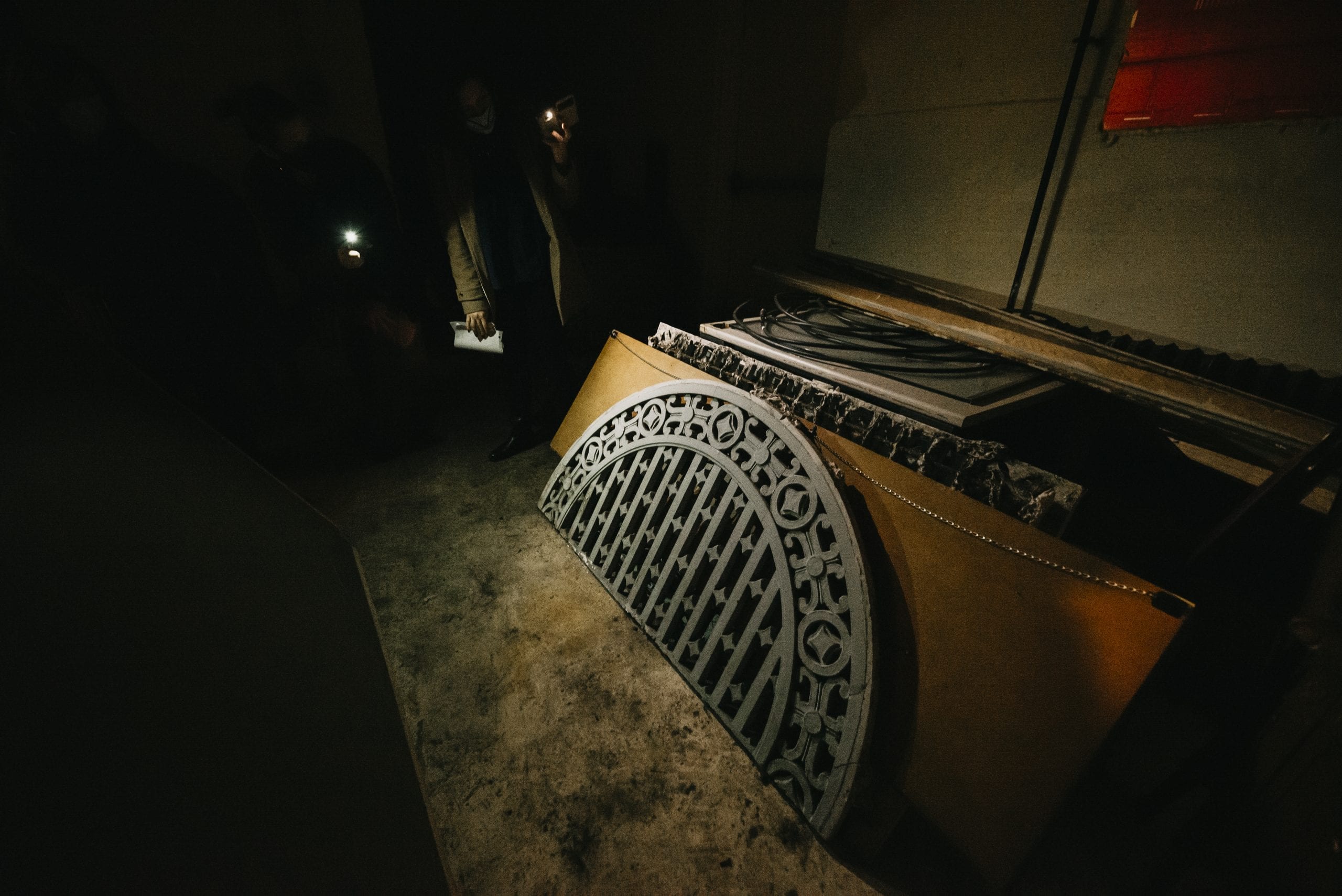SWAMPSCOTT — An ornate window from the former White Court estate, a military veteran’s diary, and boxes and boxes of photographs — artifacts from Swampscott’s past — are scattered throughout town buildings and local history lovers want to consolidate them in one place.
“Every community has a museum except Swampscott,” said Historical Commission Chairwoman Justina Oliver. “Public access is the most important thing: It’s the residents’ history.”
Working with town Library Director Alyce Deveau and Historical Society President Molly Conner, Oliver has the wheels turning on plans to catalog, assemble and, eventually display, town history now stored in boxes, on shelves and in basements, including the former police station on Burrill Street.
A grant acquired by the town will pay for a conservator to assess historical items stored in town buildings.
The conservator, trained in historical preservation work, will comb through the library and the former police station, as well as Town Hall and the historic Humphrey House in February.
After sifting through the town history collections and poring over paperwork, photographs and memorabilia, the conservator will produce a report outlining preservation measures the town can take.
The pandemic has kept historic properties off limits to tours and forced groups like the history buffs who met regularly at the library to gather with online Zoom meetings.
But Conner and Deveau said COVID-19 social distancing precautions are prompting people to spend more time online digging into Swampscott’s history.
“We got a lot of interest from people calling about their houses and looking for historical information,” said Deveau.
Conner and Oliver said the upswing in interest about history prompted the library and commission to organize online tutorials guiding people on how to research their home’s history.
Conner said the historical society hopes to guide history fans to information about the Humphrey House. Located on Paradise Road, the house was moved from Elmwood Road in 1891 and Conner said expensive wood boring tests could determine if its 1637 construction date is accurate.
“It could be one of the oldest homes in the country,” Conner said.
Historical items including photographs, building plans and street directories stored in Town Hall were moved, Oliver said, to the former police station in 2014, a year after the police department moved out of the Burrill Street building.
Setting aside space in the building for displaying town history would allow part of the former police station to serve as a museum annex of sorts to the library, said Conner, Oliver and Deveau.
“The archives would be catalogued with work stations where people could do research,” Oliver said.
Deveau said past efforts to gather records and artifacts chronicling the town’s history into one location have fallen short, often because volunteers needed to do the cataloging work were not available. Unofficial town historian Lou Gallo has undertaken much of that work and the conservator’s review will go a long way to helping with town historic preservation efforts.
“It’s important — we have people contact us from other states — people love the town’s history,” Conner said.

